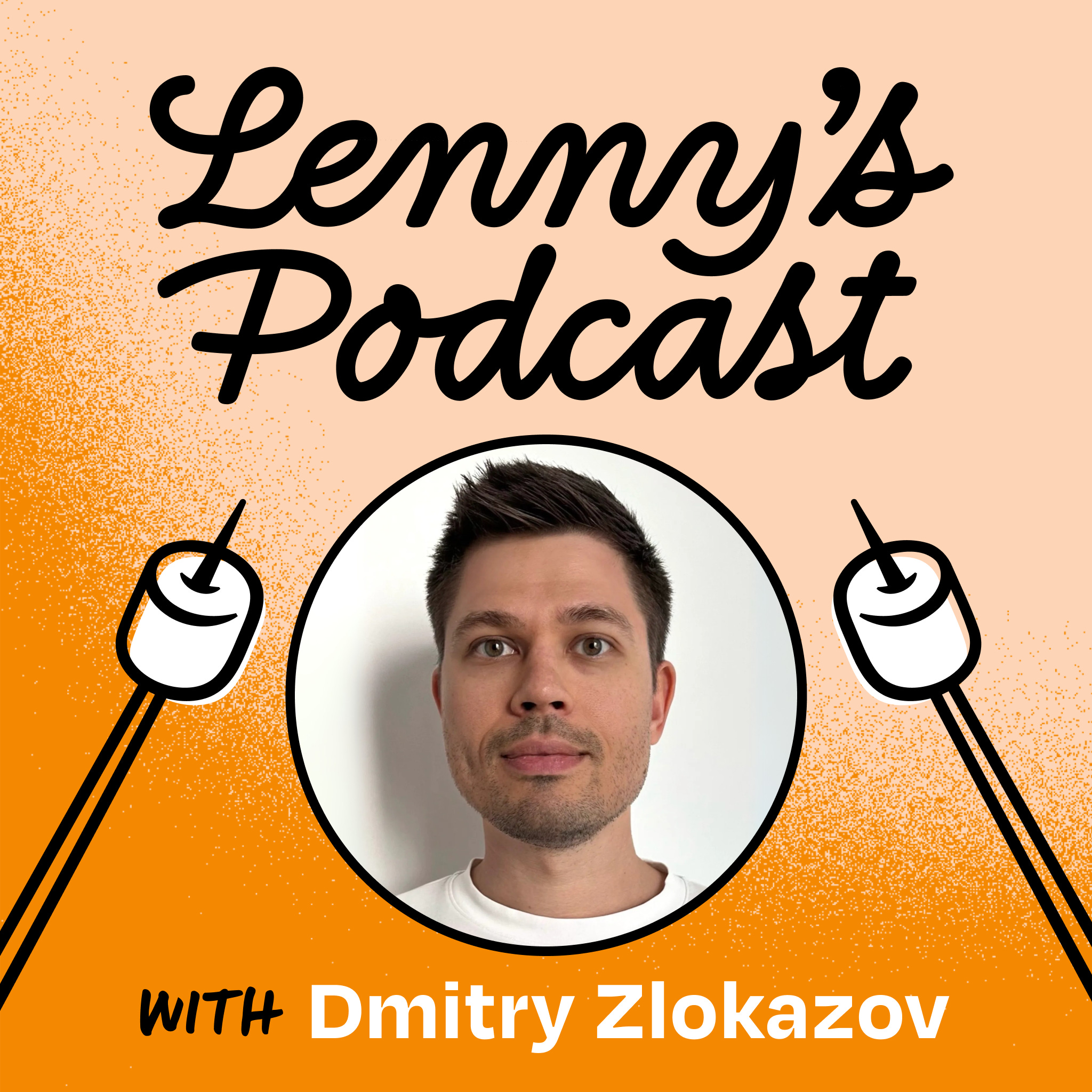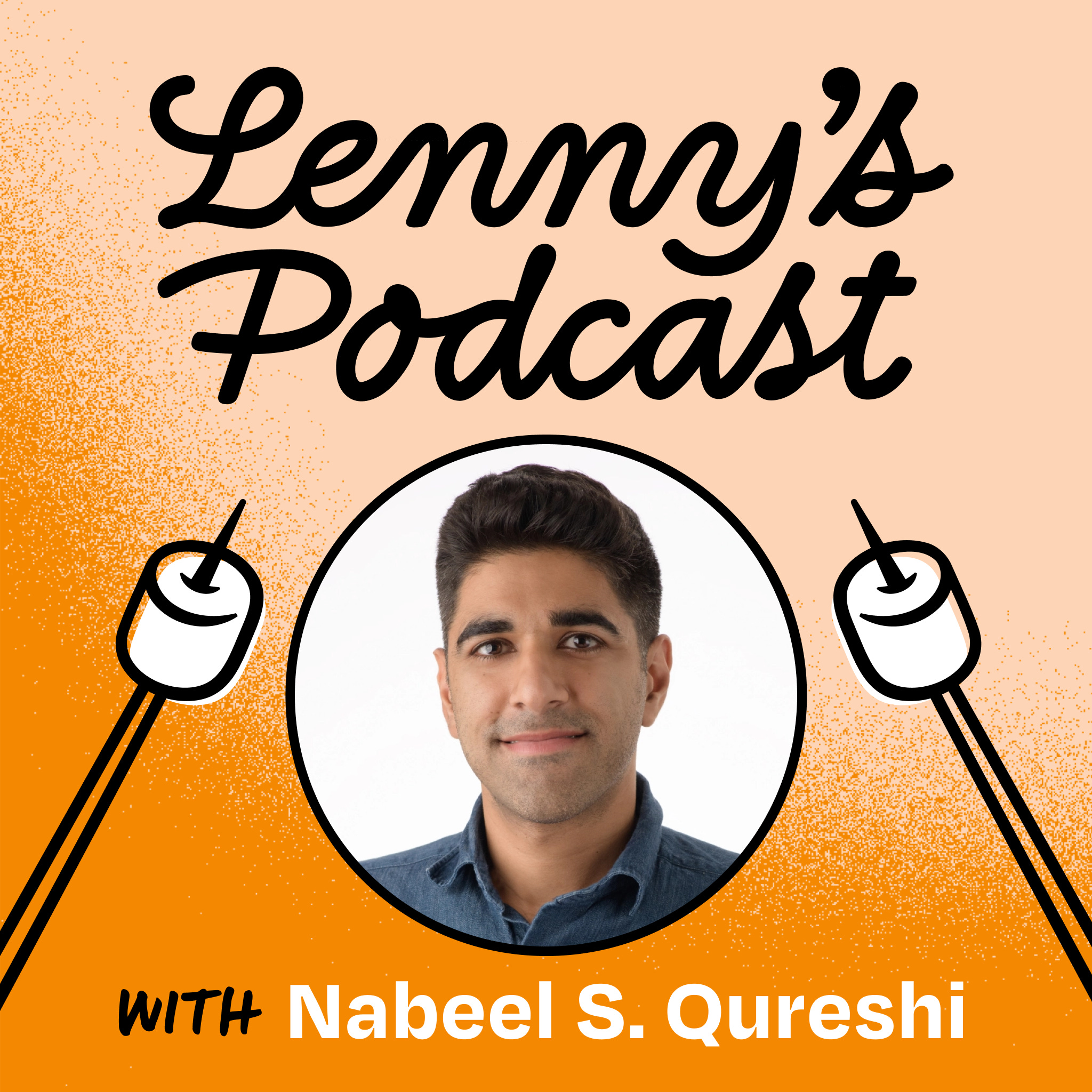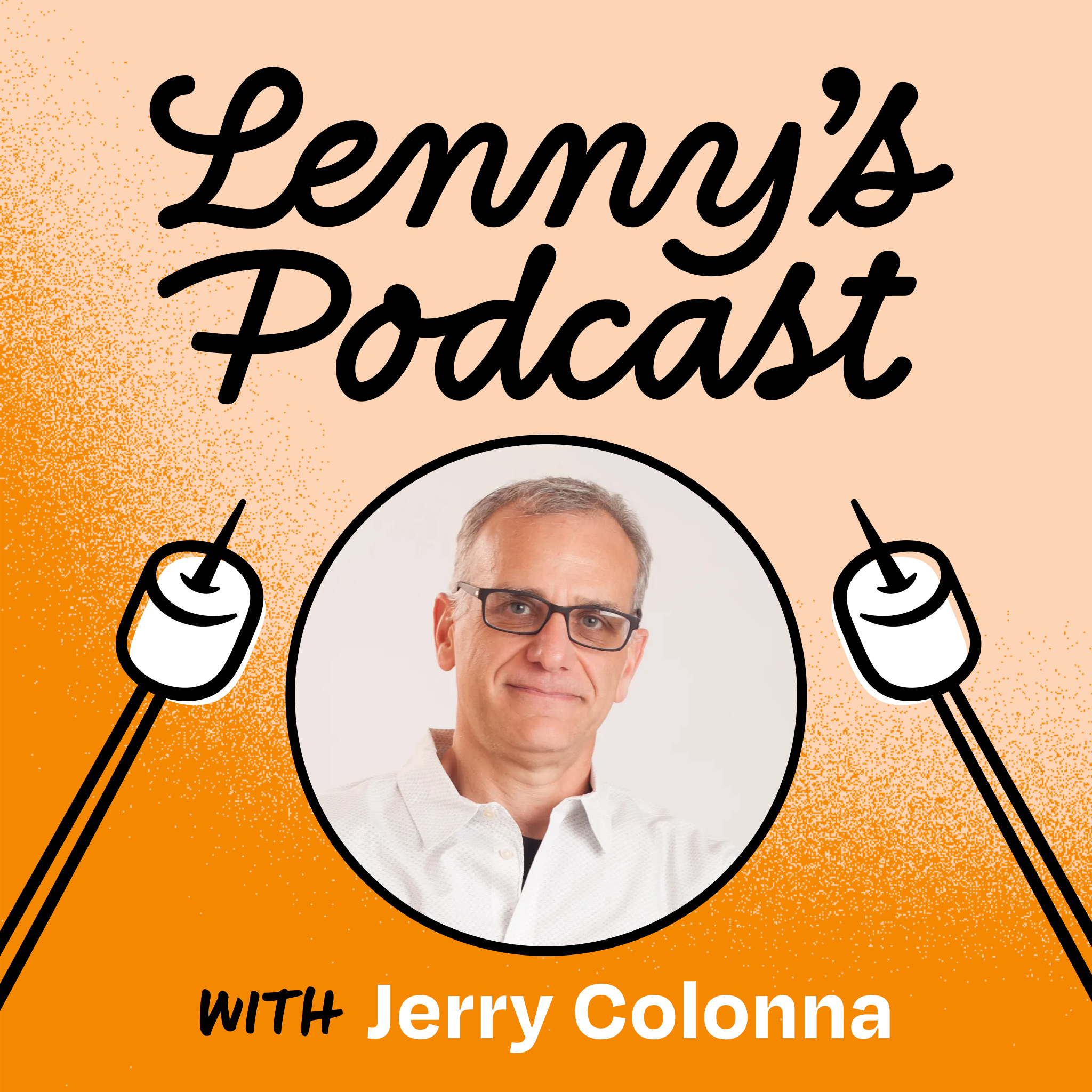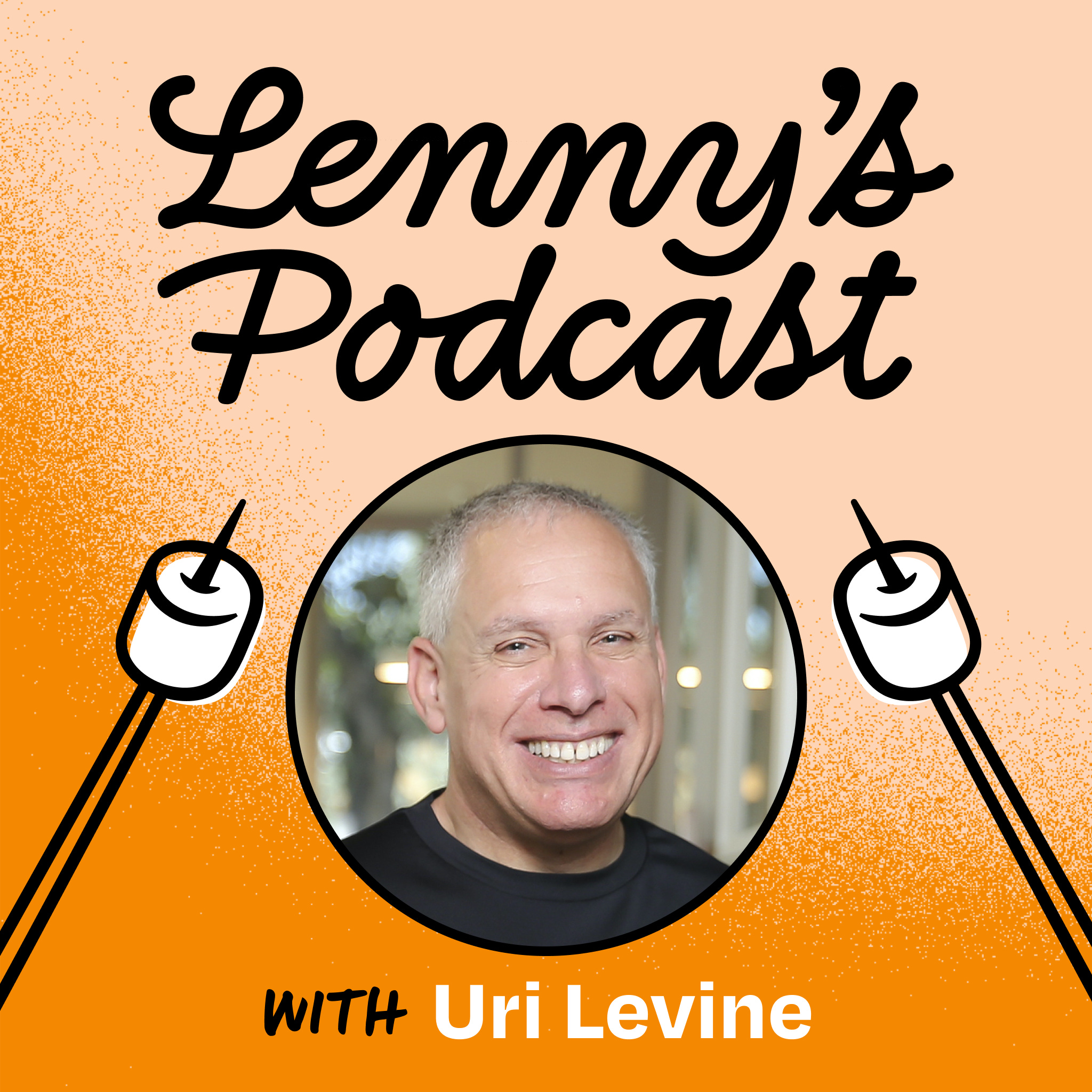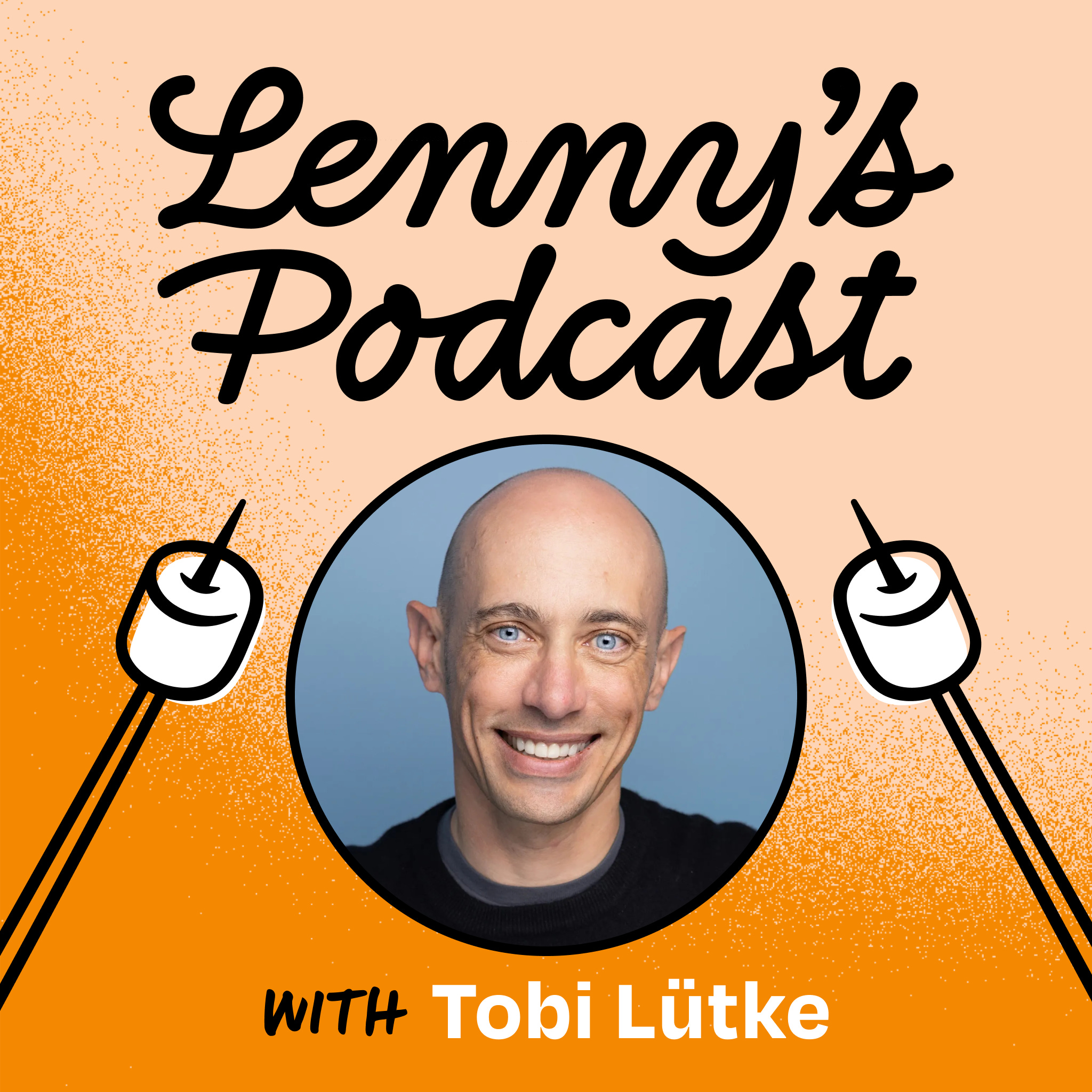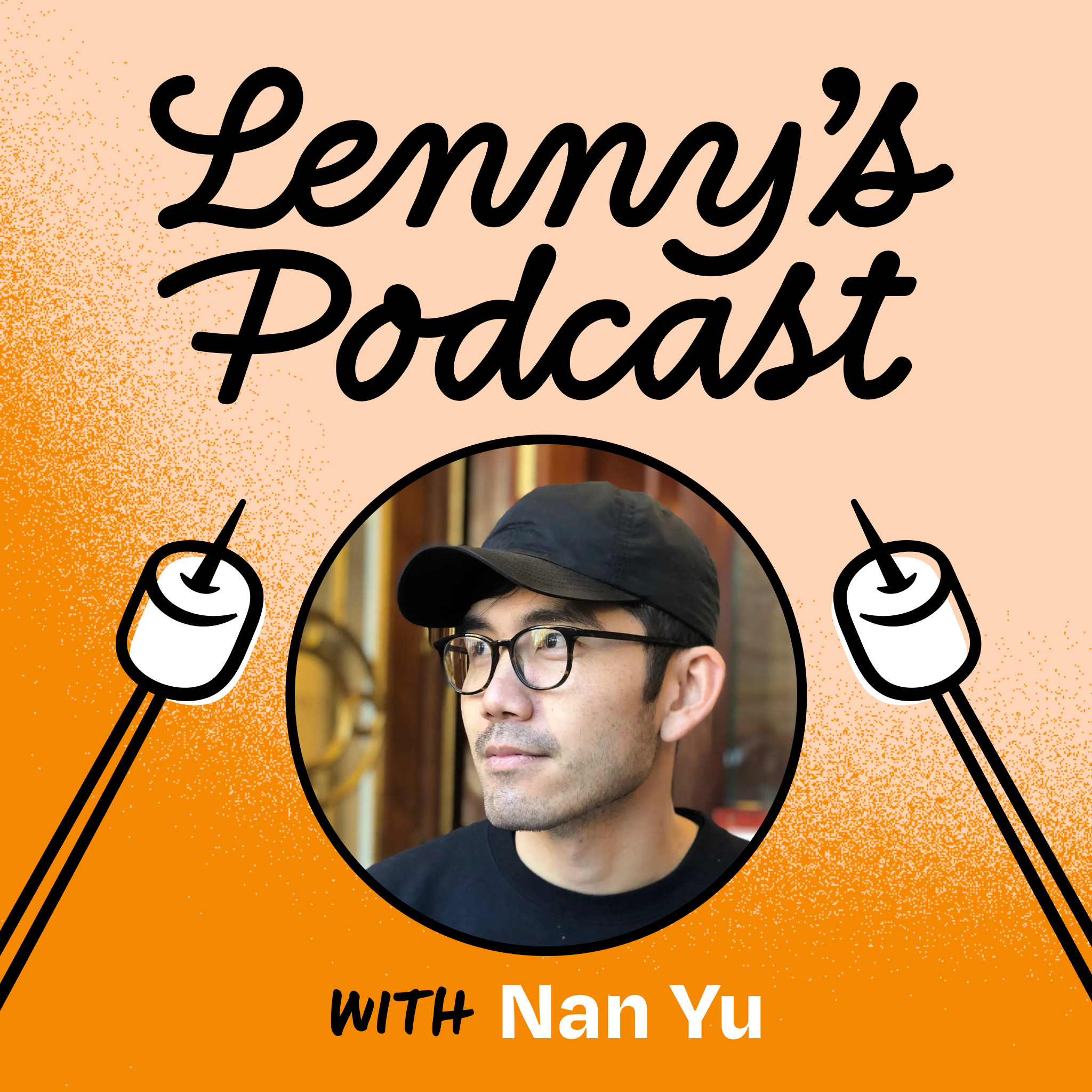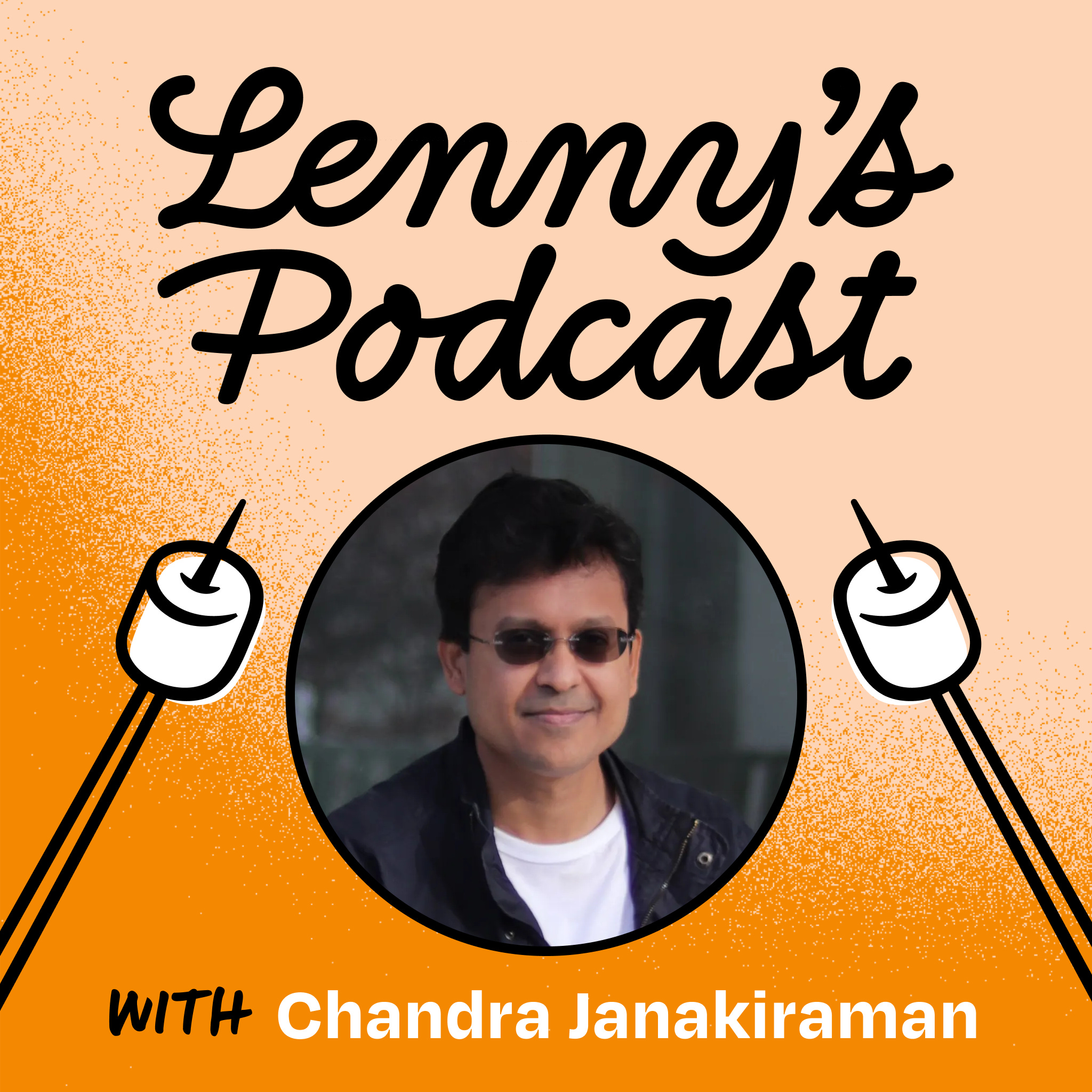
July 28, 2024 • 1hr 42min
The ultimate guide to performance marketing | Timothy Davis (Shopify)
Lenny's Podcast: Product | Growth | Career
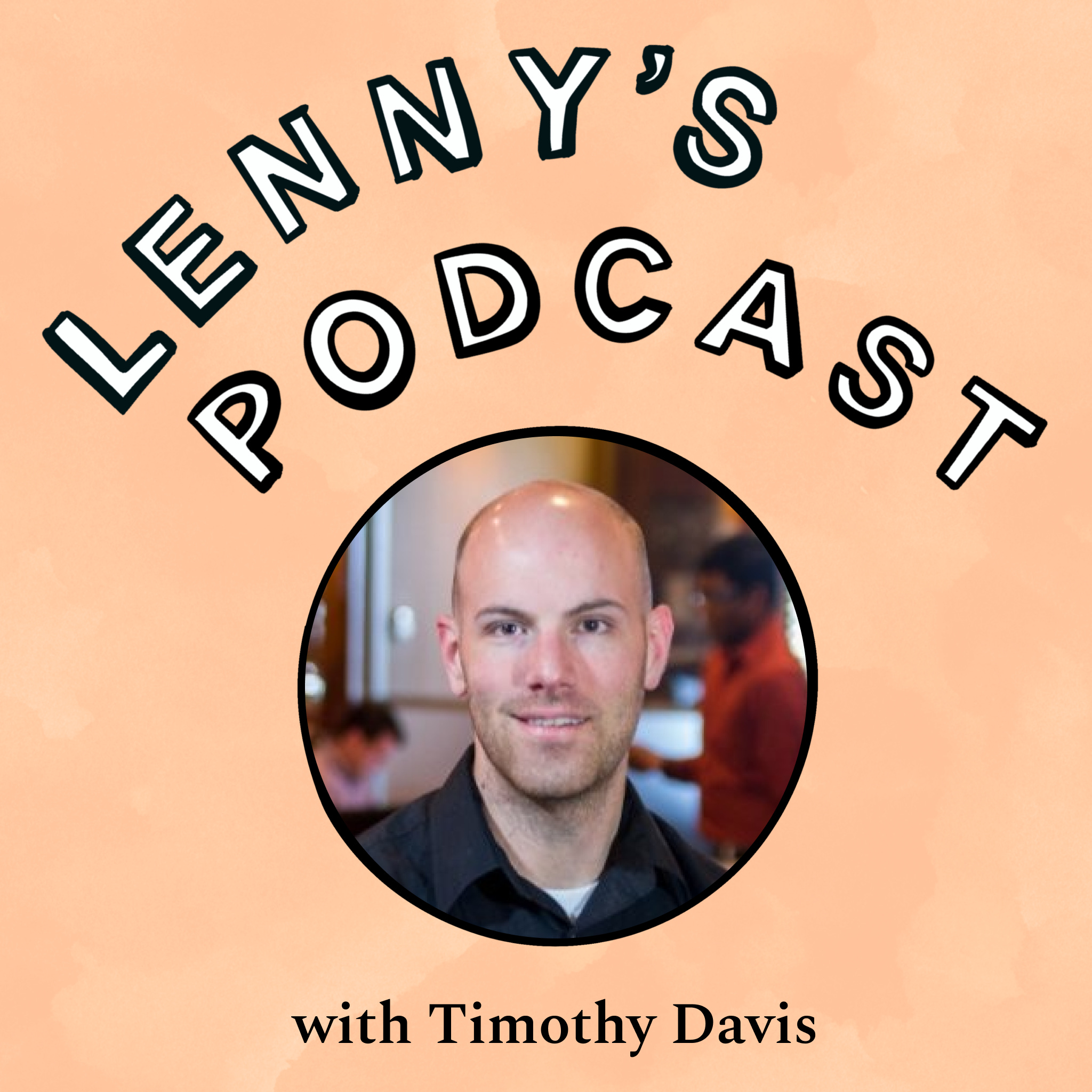
Key Takeaways
- Start with Google Search and Meta for performance marketing, then expand to other platforms like YouTube, LinkedIn, TikTok etc. based on where your users are
- Run "signs of life" tests with small budgets on new platforms to gauge potential before scaling up
- Use your own customer data to build lookalike audiences, starting with 1% match and expanding from there
- Video ads are performing very well currently - focus on creating emotional connections through comedy, happiness etc.
- LinkedIn can be powerful for B2B but is more expensive - best for higher LTV products
- Wait to invest heavily in paid growth until you have product-market fit and can convert users
- Agencies often use generic playbooks - bringing performance marketing in-house allows for deeper optimization
- First three hires should be: 1) Data-driven growth marketer 2) Creative/designer 3) Data scientist
- Use multi-touch attribution models with time decay to properly credit channels
- Run incrementality tests through platform tools once you reach ~$50k/month in spend
- Creative is hugely underestimated - invest in high-quality, emotionally resonant creative
- AI is already embedded in platforms through smart bidding, recommendations etc. but more AI tools are coming
Introduction
Timothy Davis has led performance marketing for Shopify for the past 2.5 years and as a consultant has helped companies like Pinterest, LinkedIn, Redfin and Eventbrite kickstart and scale their performance marketing teams. In this episode, Timothy shares his expertise on all aspects of performance marketing and paid growth, from when to start investing to how to build and structure a team to strategies for optimizing campaigns.
Topics Discussed
Understanding Performance Marketing (00:00)
Timothy defines performance marketing as online marketing that can be measured, typically including channels like paid search, social media ads, display ads etc. He notes that paid growth and performance marketing are often used interchangeably, though paid can sometimes include offline channels as well.
When asked if all companies should be doing performance marketing, Timothy gives a "hot take that paid is for everyone". He points out that organic reach has declined significantly on platforms like Google and Meta, making paid advertising almost necessary to get visibility. At minimum, he recommends all companies invest in paid search since it's user-driven based on relevant keywords.
Identifying Growth Potential (08:39)
To identify if a company has potential for paid growth to drive 70-80% of their growth, Timothy recommends:
- Looking at where users are already coming from in analytics
- Running small "signs of life" tests on new platforms
- Starting with your own customer data to build lookalike audiences
He shares an example of working with Hairstory, where they saw potential on Meta and TikTok based on existing traffic and were able to scale those channels significantly through testing.
Experimenting with New Platforms (12:22)
For running initial tests on new platforms, Timothy recommends:
- Starting with a 1% lookalike audience of your existing customers
- Expanding to 2-4%, 5-7%, and 8%+ lookalikes if initial tests show promise
- Looking at metrics like click-through rate to gauge engagement
- Running focus groups to understand why creative is or isn't resonating
- Being patient and willing to learn rather than expecting immediate success
He notes that "each platform is unique, each platform is different, the user behavior is different. So give yourself some grace."
Choosing the Right Platforms (18:57)
Timothy recommends starting with Google Search and Meta (Facebook/Instagram) for most companies. Within Google, he suggests exploring YouTube if you have video creative available. After that, platforms like TikTok can be considered based on where your users are.
For B2B companies, LinkedIn can be powerful but is typically 3x more expensive than other platforms. Timothy shares an example of using highly targeted LinkedIn ads to influence Coca-Cola executives during a sales process at his previous company.
When to Start Investing in Paid Growth (27:56)
Timothy advises against heavy investment in paid ads before achieving product-market fit:
"All you're going to do is really annoy the users because, say, in the future they are, hey, I'm still interested, but I don't want to use that product because I already tried. It was like, no, no, you can totally use it now. I already tried. I had a bad experience with them. And some users will hold that you accountable to that one bad experience and I'm just never giving you my business."
He recommends ensuring you have the operational capabilities to properly serve and convert users before scaling paid spend.
Common Mistakes in Performance Marketing (33:33)
Timothy notes that agencies often use generic playbooks rather than diving deep into account specifics. He shares his own detailed "ops cadence" that covers areas like:
- Finance
- Performance
- Account structure
- Keywords
- Ad copy
- Quality score
- Targeting
He recommends getting granular with optimizations on a weekly/bi-weekly/monthly basis rather than just "turning on automated bidding" and moving on.
Working with Agencies and Consultants (37:41)
Timothy suggests agencies can be a good way to get started with performance marketing, but to have clear milestones for when to bring capabilities in-house. He recommends having open conversations with agencies about transition plans as you scale.
Hiring for Performance Marketing (40:36)
For the first performance marketing hire, Timothy looks for someone who is data-driven and can find "signal in the noise". He shares:
"I can teach anyone how to do Google Ads. I can teach anyone how to do meta ads. That is not the hard part. It is the data part. That is the hard part because there is so much noise going on in those accounts."
He recommends a title like "Growth Marketing Specialist" or "Growth Marketing Manager" to start, as they'll likely wear multiple hats initially.
Metrics that Matter (47:33)
Timothy shares several reports and metrics he focuses on, including:
- Brand vs non-brand performance on metrics like expected click-through rate, landing page experience, and ad relevance
- Ad strength scores and their impact on quality score
- Impression share vs click share to gauge efficiency
He emphasizes looking for "signals" in the data rather than getting lost in the noise of every available metric.
Attribution and Incrementality (1:02:14)
For attribution, Timothy recommends multi-touch models with time decay, noting that "users tend to forget very quickly where they first found your brand." He cautions that attribution alone doesn't answer incrementality.
For incrementality testing, he suggests working with platform partners to run conversion lift studies once you reach about $50k/month in spend on a platform. This involves intentionally not showing ads to a control group to measure true incremental impact.
Building a Performance Marketing Team (1:08:52)
Timothy recommends the first 3 hires for a performance marketing team be:
- Data-driven growth marketer
- Creative/designer
- Data scientist
He uses a "red/green" system to determine when to expand the team, looking at how much time people are spending in meetings vs. doing actual work. He aims to keep the team lean and only hire when absolutely necessary.
Creative and Ad Copy Collaboration (1:10:53)
Timothy emphasizes the importance of collaboration between performance marketers and creatives on ad copy and design. He notes that often the best performing ads are not what you'd expect, sharing an example of a simple "$ 0 setup fee, $ 0 install fee" ad outperforming a carefully crafted one with multiple value props.
Managing Workload and Hiring Strategy (1:15:48)
To avoid team bloat, Timothy uses a spreadsheet to track how team members are spending their time across meetings, optimizations, reporting etc. If someone is consistently "in the red" (more work than available days) for multiple quarters, that triggers a conversation about potentially hiring.
Training and Onboarding New Hires (1:20:52)
Timothy aims to get new hires having impact within 30-45 days rather than the typical 90. His approach includes:
- Clearly communicating expectations and responsibilities
- Giving ownership of projects early on
- Hands-on training on tools and processes
- Regular 1:1s to check progress and provide guidance
Impact of ATT on Performance Marketing (1:24:41)
Timothy notes that while ATT (App Tracking Transparency) has had an impact, performance marketing has largely adapted. He shares that as long as they can use SKAdNetwork for attribution on iOS, they're able to continue running effective campaigns.
The Power of Creative in Ads (1:25:56)
Timothy believes the impact of creative is hugely underestimated in performance marketing. He cites Dollar Shave Club's viral video as an example of creative driving massive growth. He recommends focusing on storytelling and eliciting emotion (whether through humor, heartstrings etc.) for maximum impact.
Using AI in Performance Marketing (1:29:47)
While Timothy notes that AI is already embedded in platforms through smart bidding, ad recommendations etc., he hasn't seen dramatic new impacts from recent AI advancements. He's keeping a close eye on developments, particularly around content and creative generation.
Conclusion
Timothy Davis provides a wealth of practical insights on building and scaling effective performance marketing programs. His emphasis on data-driven decision making, continuous optimization, and strategic team building offers a roadmap for companies looking to leverage paid channels for growth. While the landscape of digital advertising continues to evolve, Timothy's core principles of focusing on incrementality, investing in creative, and maintaining a lean, highly skilled team remain evergreen strategies for success in performance marketing.
